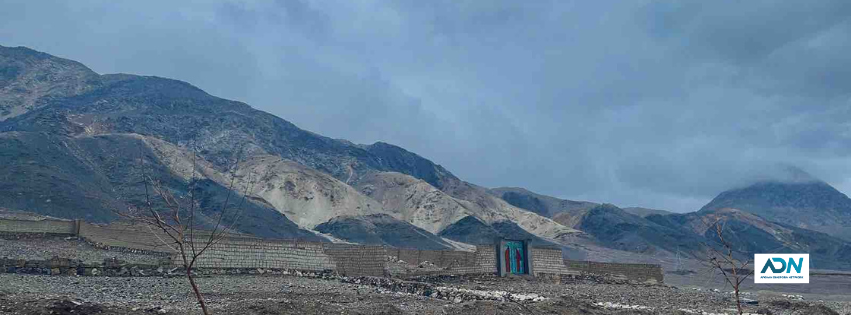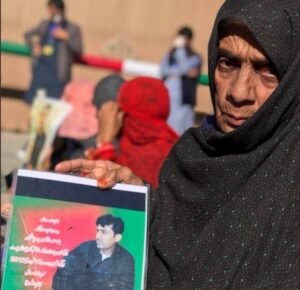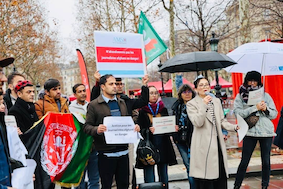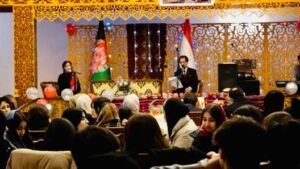Pakistan’s Strategic Anxiety: A Regional Reckoning

Khost Province, along the Durand Line between Afghanistan and Pakistan. Photo: @AADIL for ADN
By SS Ahmad
An analysis based on insights by Rahmatullah Nabil, former Afghan intelligence chief.
In a recent post on X, Rahmatullah Nabil, Afghanistan’s former intelligence chief, offers a penetrating analysis of Pakistan’s renewed geopolitical maneuvers. He argues that Islamabad is once again attempting to revive its long-standing strategy of “engineered insecurity” in Afghanistan, a tactic historically used to project influence into Central Asia and Iran’s eastern borders.
Nabil points to a series of recent visits by Pakistani civil and military officials to Washington, accompanied by closed-door meetings and coordinated public messaging with U.S. counterparts.
These developments, Nabil suggests, signal Islamabad’s intent to reestablish Afghanistan as a launchpad for regional destabilization. However, the regional context has changed dramatically.
Unlike in previous decades, Central Asia is no longer a security vacuum, and major powers, China, Iran, India, and Russia, are now acutely aware of Pakistan’s tactics. Nabil emphasizes that these countries are increasingly unwilling to allow Afghanistan to become a proxy battleground for Pakistani intelligence operations.
Nabil cites credible regional security sources reporting unusual activity in Pakistan’s tribal and border regions—specifically Mastung, Bajaur, and Waziristan—where ISIS-K affiliated units are allegedly being trained.
According to Nabil, Islamabad’s strategy involves using these networks to pressure the Taliban while offering their containment as a bargaining chip to Washington and other regional actors. This “create-and-contain” approach, however, may be met with resistance.
Nabil reveals that regional powers are preparing to counteract proactively. Iran, India, and Russia are reportedly considering shifting the conflict zone into Pakistani territory if destabilization efforts escalate. Independent sources even suggest the Taliban may be receiving unmarked drones to deter Pakistan’s proxy warfare.
India’s renewed intelligence engagement with Kabul, China’s secretive security delegations to Afghanistan, and Russia’s overtures toward the Taliban reflect growing unease.
Nabil notes that China, in particular, has recalibrated its stance after repeated attacks on its nationals and projects in Pakistan, concluding that Islamabad is no longer a reliable partner but a persistent source of instability.
Internally, Pakistan faces severe challenges: economic collapse, political fragmentation, civil-military discord, and rising insurgent violence, especially from the Tehrik-i-Taliban Pakistan (TTP).
Nabil warns that using Afghanistan as a launchpad for regional disruption may be Pakistan’s final, yet most perilous, gambit.
He further cautions that escalating terrorism could reignite international scrutiny of Pakistan’s nuclear arsenal, especially in a post-Iran nuclear deal era. The prospect of unstable governance overseeing nuclear weapons could become a global concern.
Nabil’s analysis underscores a critical shift: the region is no longer passive. Pakistan’s old playbook faces a new, assertive neighborhood. If Islamabad persists, it risks igniting a fire that may consume its own foundations before reaching its intended targets.
SS Ahmad is a freelance researcher and journalist based in Afghanistan.
Note: The contents of the article are of sole responsibility of the author. Afghan Diaspora Network will not be responsible for any inaccurate or incorrect statement in the articles.








